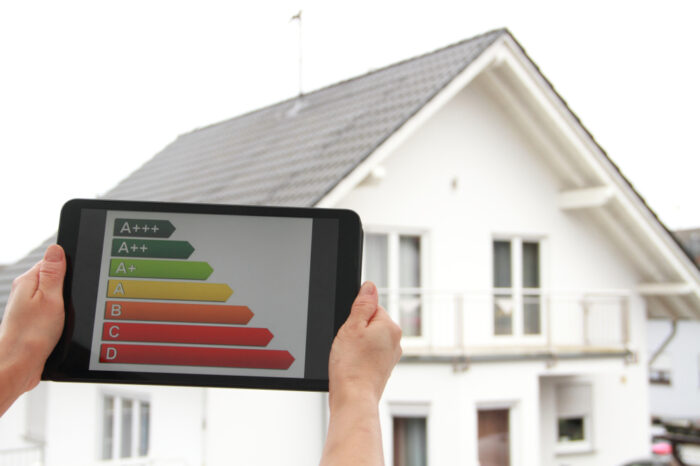
In the second of YourMoney.com’s special series on EPCs, we look at what they include and what is off the radar, the methodology and the misconceptions, and how they’re set for change in the spring.
The government has backtracked on some of its net zero plans, such as forcing landlords to achieve a minimum EPC C rating in just two years. But the long-term goal remains that we must continue to decarbonise our homes and improve their efficiency to be a carbon neutral country in the future.
But finding out how, is leaving property owners confused.
Every home put up for sale or for let must have an EPC, a six-page report generated by a computer but fed with data collected in your home by an assessor.
It gives your home an energy efficiency rating from A – the most efficient, to G – the least. The better your rating, the lower your energy bills are likely to be. They are valid for 10 years, with each report listing recommendations to help you boost your score.

How life insurance can benefit your health and wellbeing over the decades
Sponsored by Post Office
A report by the Royal Institution of Chartered Surveyors (RICS), however, said the EPC approach was one of “extreme simplicity”. Other experts claim that assumptions made about properties lead to inaccurate scores; recommendations do not lead to greener homes and heating systems that pollute the atmosphere score higher than ones that don’t.
Some would argue EPCs are “falling short” of increasing expectations from homeowners who want to know how to make their homes greener.
Nonetheless EPCs are the government’s approved measure of energy efficiency, but when it comes to helping homeowners become greener – are they up to the job? YourMoney.com investigates…
EPC objectives and incentives
When EPCs were introduced 15 years ago, the objective was to help incoming occupiers avoid getting into fuel poverty by telling them the cost of annual energy bills. But basing the rating on cost alone is no longer seen as the most suitable way to rate the energy efficiency of our homes.
Antony Parkinson, senior specialist, property standards at RICS, says: “Our knowledge and expectations are ever-increasing, so it is inevitable that EPCs are falling short of the expectations being placed on them.
“We understand that the greenest ways of heating our homes are not necessarily the cheapest, at the present time.
“If the government continues to use EPCs as the measure of the energy efficiency of a property, the methodology must reflect actual energy efficiency, including carbon emissions.”
Parkinson explained that currently EPCs don’t incentivise homeowners to install an air source heat pump – a form of low carbon heating powered by electricity – because it costs more to heat your house using one than a gas boiler does. If you have gas heating you are more likely to have a better rating than someone who uses electricity.
Story continues below…
